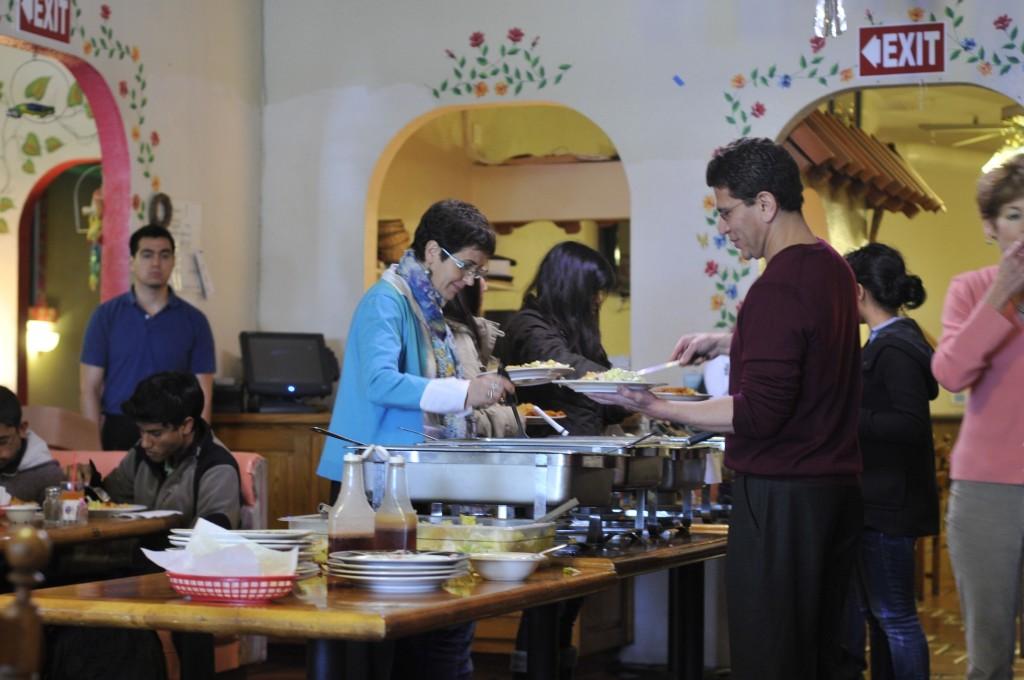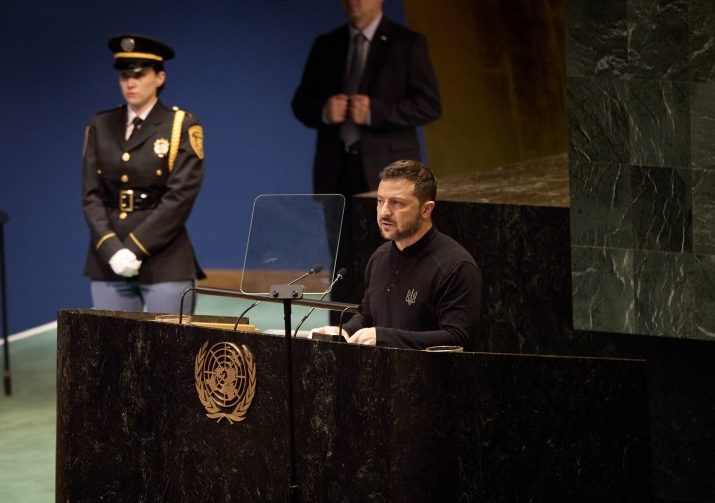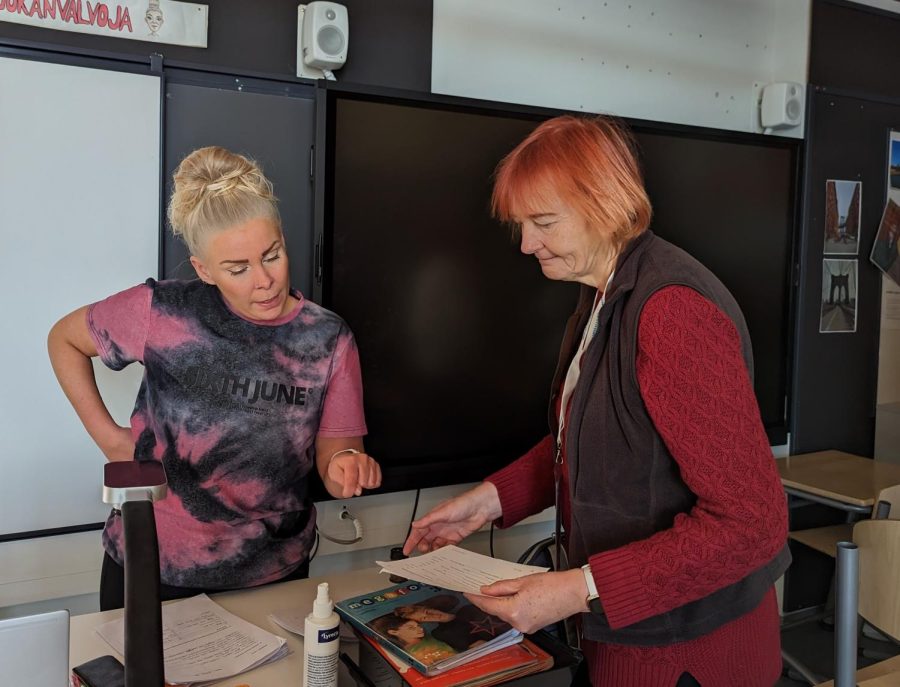By the end of this year, students will have embarked on a multitude of cultural field trips to locations ranging from the bustling streets of Chinatown to the verdant grounds of Japanese gardens. These outings provide students with firsthand knowledge of the different cultures as well as the opportunity to practice language skills in a recreational group environment.
Japanese
In February, AP Japanese students walked to Tomi Sushi with two Tamagawa exchange students, where the Upper School students had the opportunity to practice their language skills while ordering food and communicating with the Tamagawa students.
“Bonding with the Tamagawa students was really fun. [We] were able to practice Japanese with people around our age,” AP Japanese student Iris Xia (11) said.
Japanese I students will also be eating at Tomi Sushi next month.
On April 18, Japanese II, Japanese IV, and Honors Japanese IV students travelled to the Hakone Gardens in Saratoga, where they took part in a traditional tea ceremony.
At the gardens, students explored the different landscapes, which include waterfalls, koi ponds, and replicas of historic Japanese buildings. Then, they proceeded to the tea master’s traditional Japanese house, where they participated in a tea ceremony and learned about its history.
“We learned about how [the Japanese] still have the spiritual connection to nature and [that] Shi Chuan Zen Buddhism still exists in Japanese culture,” Kenny Zhang (10) said.
Japanese teacher Masako Onakado hopes that the trip allowed students to be exposed to a different side of Japanese culture.
“The field trip definitely focuses more on the traditional aspects of Japanese culture, with the appreciation of tranquility, nature, seasonal changes, simplicity, [and] discipline,” she said. “Experienc[ing] something like this firsthand is a rare opportunity for the students, and will definitely deepen their understanding of Japanese culture.”
Mandarin
In May, students in all levels of Mandarin will go on field trips to further their knowledge of Chinese culture and language. Mandarin I students will travel to a tea cafe and Mandarin II students will dine at a Taiwanese restaurant; these food centered field trips will provide students with language practice as well as firsthand experience of Chinese cuisine and customs.
Mandarin III students will travel to San Francisco’s Chinatown, where they will eat lunch and visit the Chinese Culture Center to learn about Chinese heritage and its local influences.
“For third year students, I want them to learn about the immigrant community and the history of people coming from China to the United States, because we’ve studied immigration in the course,” Mandarin teacher Dr. Shaun Jahshan said.
Junior Michelle Zhang, who attended the trip last year, felt that visiting Chinatown offered her an entirely new perspective.
“I learned that there’s a whole other dimension to learning a language. Practicing in class is so different from real-world experience,” she said.
Although it has not yet been set in stone, the AP Mandarin field trip will mostly likely be held at the Asian Art Museum in San Francisco.
Spanish
During long lunch on April 11, Spanish National Honor Society (NHS) had an outing to the Mexico Lindo restaurant in Willow Glen to feast and induct new club members. According to Spanish teacher Abel Olivas, the purpose of this trip was to provide a fun bonding activity that would allow old and new members to unify and “share our energy towards Spanish culture.”
New inductee Shreyas Parthasarathy (10) enjoyed the opportunity to interact with fellow students in an enriching cultural environment.
“I gained a new appreciation for Spanish culture, [and] I also got a chance to bond with [other] Spanish NHS members,” he said.
Later this year, Spanish I students will embark on their annual field trip, which will most likely be held at Isabella’s Restaurant in Saratoga.
Students will have to communicate solely in Spanish to the servers in order to practice their language skills, according to Spanish teacher Diana Moss. Because the restaurant specializes in Peruvian food, they also get to be exposed to a new type of cuisine.
“I always try to take them to a restaurant that’s not Mexican [because] everybody here in California is very familiar with Mexican food,” she said.
This trip reinforces the material that Spanish I students learned in class about Spanish food and culture.


















![“[Building nerf blasters] became this outlet of creativity for me that hasn't been matched by anything else. The process [of] making a build complete to your desire is such a painstakingly difficult process, but I've had to learn from [the skills needed from] soldering to proper painting. There's so many different options for everything, if you think about it, it exists. The best part is [that] if it doesn't exist, you can build it yourself," Ishaan Parate said.](https://harkeraquila.com/wp-content/uploads/2022/08/DSC_8149-900x604.jpg)




![“When I came into high school, I was ready to be a follower. But DECA was a game changer for me. It helped me overcome my fear of public speaking, and it's played such a major role in who I've become today. To be able to successfully lead a chapter of 150 students, an officer team and be one of the upperclassmen I once really admired is something I'm [really] proud of,” Anvitha Tummala ('21) said.](https://harkeraquila.com/wp-content/uploads/2021/07/Screen-Shot-2021-07-25-at-9.50.05-AM-900x594.png)







![“I think getting up in the morning and having a sense of purpose [is exciting]. I think without a certain amount of drive, life is kind of obsolete and mundane, and I think having that every single day is what makes each day unique and kind of makes life exciting,” Neymika Jain (12) said.](https://harkeraquila.com/wp-content/uploads/2017/06/Screen-Shot-2017-06-03-at-4.54.16-PM.png)








![“My slogan is ‘slow feet, don’t eat, and I’m hungry.’ You need to run fast to get where you are–you aren't going to get those championships if you aren't fast,” Angel Cervantes (12) said. “I want to do well in school on my tests and in track and win championships for my team. I live by that, [and] I can do that anywhere: in the classroom or on the field.”](https://harkeraquila.com/wp-content/uploads/2018/06/DSC5146-900x601.jpg)
![“[Volleyball has] taught me how to fall correctly, and another thing it taught is that you don’t have to be the best at something to be good at it. If you just hit the ball in a smart way, then it still scores points and you’re good at it. You could be a background player and still make a much bigger impact on the team than you would think,” Anya Gert (’20) said.](https://harkeraquila.com/wp-content/uploads/2020/06/AnnaGert_JinTuan_HoHPhotoEdited-600x900.jpeg)

![“I'm not nearly there yet, but [my confidence has] definitely been getting better since I was pretty shy and timid coming into Harker my freshman year. I know that there's a lot of people that are really confident in what they do, and I really admire them. Everyone's so driven and that has really pushed me to kind of try to find my own place in high school and be more confident,” Alyssa Huang (’20) said.](https://harkeraquila.com/wp-content/uploads/2020/06/AlyssaHuang_EmilyChen_HoHPhoto-900x749.jpeg)















